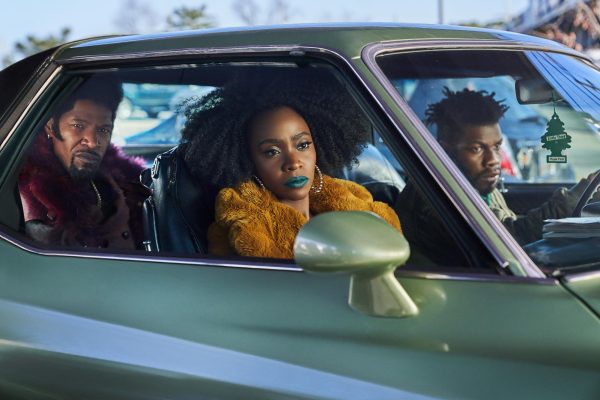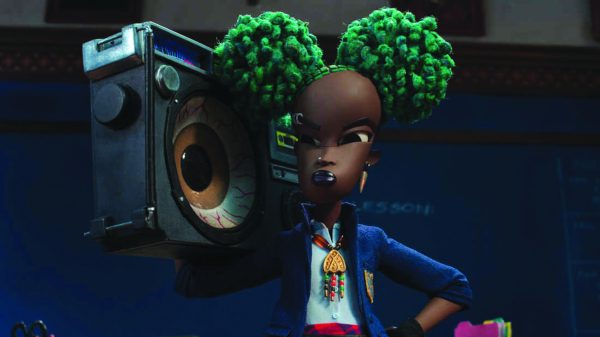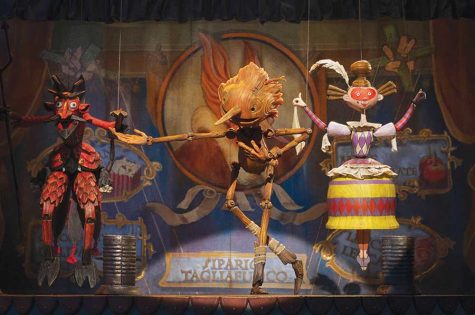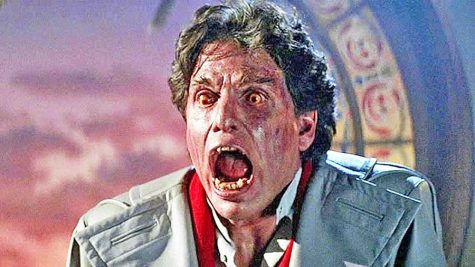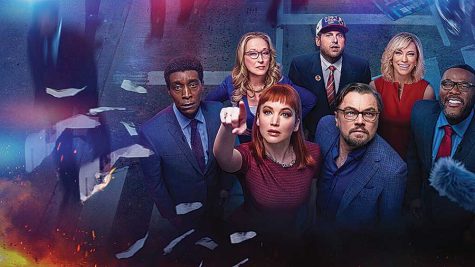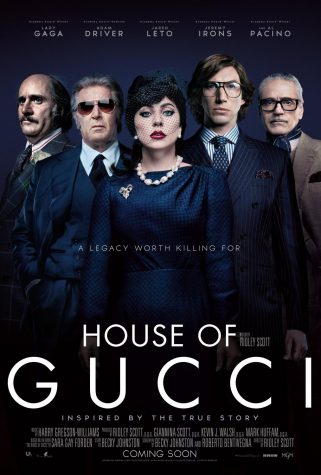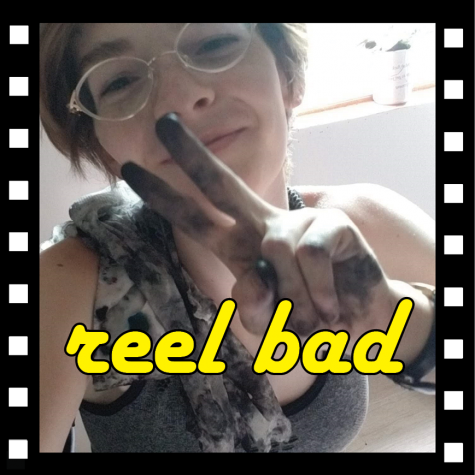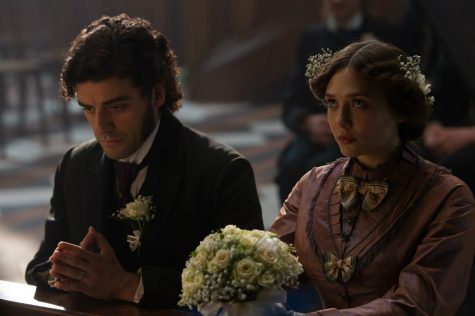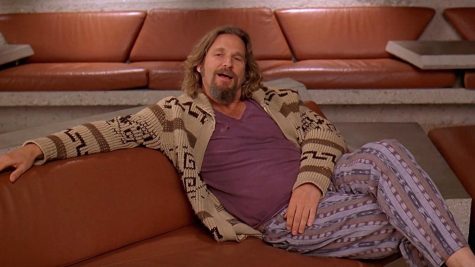The Act of Killing
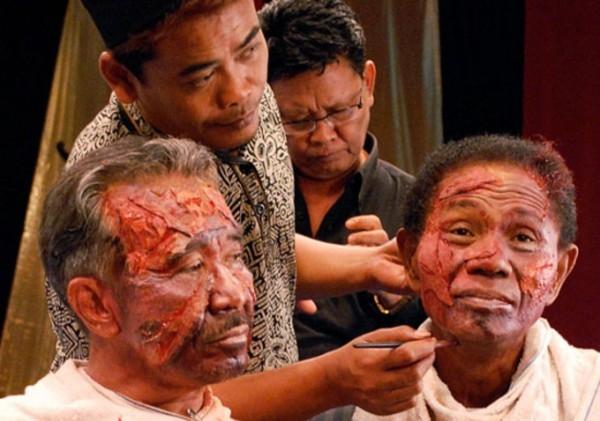
Imagine living in a reality where war criminals are celebrated as heroes for mass murder. Imagine that genocide goes unpunished and untried after 50 years. Now imagine befriending one of these executioners and making a film documenting the reenactment of torture and murder committed by his hands.
Director Joshua Oppenheimer was radical enough to do just this. His 2013 documentary “The Act of Killing” brings audiences to present-day Indonesia, a land that is still devastated from the U.S.-backed coup d’état in 1965.
The chillingly intimate film was shown during a Creative Audience Event that took place on Jan. 28 in Bentley 207.
Fear comes, terror suddenly possessed me. Did they feel the way I feel, Joshua?
— Anwar Congo
The film has won over 50 awards given out at Film Festivals and by professional critics. The film is the winner of multiple “Best Documentary” awards for 2013, including those given out by the Boston Society of Film Critics, the Asia Pacific Screen Awards, the Danish Film Academy, the Human Rights Human Dignity Film Festival, and the Toronto Film Critics Association. “The Act of Killing” is nominated for the “Best Documentary-Feature” Academy Award.
Filmmaker Werner Herzog is quoted on the documentary’s website as saying, “I have not seen a film as powerful, surreal, and frightening in at least a decade… unprecedented in the history of cinema.”
The film begins introducing to Anwar Congo, a seemingly happy man who is eager to tell the story of the thousands that he has killed. In the beginning of the film Congo is proud of his actions, and although he admits he suffers from nightmares, he is seen dancing and singing to famous American songs with his group of friends. Most importantly, he is able to rationalize his killings, and know he did what was needed of him.
The first part of the film acts as a history lesson and tells how Congo and others like him were promoted from small-time gangsters who scalped movie theater tickets, to death-squad killers that aided in the government-enforced killing of more than 1 million Chinese who were alleged Communists.
The massacre took place around the height of the Cold War, a perfect time to place blame on Communism. It becomes clear that the interrogations of the Chinese were unfair and no more than heartless formalities; men, women and children were going to be exterminated no matter what.
Audiences meet an array of other real-life criminals who interrogated and killed, including Adi Zulkadry, who agrees to help Congo make a movie where the “truth” of the 1965 massacre can be told.
Congo and others view their own film as an opportunity to mimic the American movie stars they grew up watching. Congo often states that he learned to strangle his victims like the killings he saw in mobster movies, and that when he killed, he was able to act out what was seen in the local theater.
Not all death-squad killers are in total agreement with Congo. The dynamic between Zulkadry and Congo is something very rare to film. It seems their conversations and confessions should never be so honest and open.
At one point the two men reminisce about an anti-communist propaganda film that all youth were forced to see every year at the theater. Snippets of the bloody film are shown, and Zulkadry almost pleads, “It was all a lie.” Congo quickly responds by warning Zulkadry not to make the country look bad in front of outsiders.
The honesty between such horrible killers is something that seems nearly impossible to document so thoroughly, but Oppenheimer does magnificently. Audiences meet Congo’s grandchildren and loved ones, and see this man’s bright smile. At times it is hard to believe this man and his companions were capable of such evil.
Oppenheimer’s film brings footage that is hard to believe if not seen by one’s own eyes. The film shows Congo wrapping wire around his friend’s neck and pulling softly, a demonstration to show his most effective and bloodless way of murdering his victims.
The film creates a portrait of modern-day Indonesia, showing bright and festive celebrations that honor those like Congo and the modern-day “gangster” organization, Pancasila Youth. The group dresses in red and orange camouflage and secures its place in Indonesia’s parliament by reminding the nation that gangster means “free men,” and that a nation needs those who are born free and willing to work outside of the law.
Government leaders seem to agree, and the film often shows government officials bullying local Chinese descendants to give a portion of their hard-earned money to stay in good graces and remind the Chinese who is in power.
The most intimate and surreal part of the film is the soul-ripping transformation that occurs in Congo. Viewers watch this man come to realize his sins.
This realization occurs on the sets of the 1965 reenactments. Pain is seen on many faces throughout these retellings. The Indonesian filmmakers recruit local mothers and daughters to scream and cry with blood-covered cheeks over the dead bodies of those they love. The retellings shake some of the gangsters filming, as well as those participating. These scenes often end with scared children crying at what was reenacted.
There are reenactments of beheadings with small knives, of villages being burned, and of those being interrogated crying out, “Have mercy on me, sir!”
Another scene shows an interrogation where a faux Chinese man nervously offers his baby daughter, played by a stuffed animal, in trade for his life. The scene ends with the interrogator stabbing and ripping off the toy’s limbs, and gouging out the cotton eyeballs. The stuffed bear is mutilated. All audiences can do is hope this never actually happened.
Apart from the humanitarian lesson portrayed by Oppenheimer, the film is often majestic to watch. There is much time spent outside of the violent reenactments. The environments range from rich colorful landscapes, to dank late-night hangouts where one can almost smell the stale beer and sweaty armpits. The city streets of Indonesia are often bustling and lively, and the car rides to jungle killing areas can seem quiet and beautiful.
The film offers time for introspection. The film has occasional interludes, with brightly dressed Indonesian women dancing in the mountains. During these scenes there is often peaceful music playing and a camera lens that offers distorted light. These interludes allow time for audiences to ask themselves, “Is this even real?”
Any mask of beauty and peace is never worn for too long, and is often ripped off by the next scene, which may be dozens of soldiers yelling, “Burn them! Kill them all!” or a quiet conversation about crushing an esophagus with a table.
“Did the people I tortured feel the way I feel here?” asks Congo after an attempted reenactment of a bully interrogation and slow strangle death. In this scene, Congo plays the victim. Congo has a knife to his throat, being beaten with wooden planks, barely able to utter his lines. When the time comes to kill Congo, he cannot complete the scene. His companion tells him not to get so into it, but Congo’s body continues to shake and eventually the man becomes limp and silent on the dimply lit set.
The intimacy between Oppenheimer and the Indonesians is felt when the killers call him by name and ask him his opinion. “Fear comes, terror suddenly possessed me. Did they feel the way I feel, Joshua?” asks Congo. The openness between the filmmaker and those surrounding him is a relationship unique to cinema, and Oppenheimer says that surely those who actually died felt worse.
The film closes with Congo alone in a small concrete yard where he committed many of his murders. Much of what he attempts to say is interrupted by dry heaves that last for minutes. The only sound in this scene is the physical reaction to the intense guilt felt by the man. The heaves echo off of the concrete walls. “I know what I did was wrong, but I had to. My conscience told me I had to,” says Congo before the picture turns black.
“The Act of Killing” was informative and disturbing, and even days later my mind kept replaying some of the scenes. My heart feels heavy after having watched the film. I have to remind myself that the things I saw are indeed real. I never expected to become so acquainted with killers. I would recommend this film to those who are ready to take an intimate look at evil, and the corrupt part of human nature.
Audiences can learn more about the filmmaking process, read statements by the director, and read professional reviews and commentary on the film by visiting theactofkilling.com.
Travis LeClair joined the Basement Medicine staff in Spring 2014, assuming the position of staff reporter.


